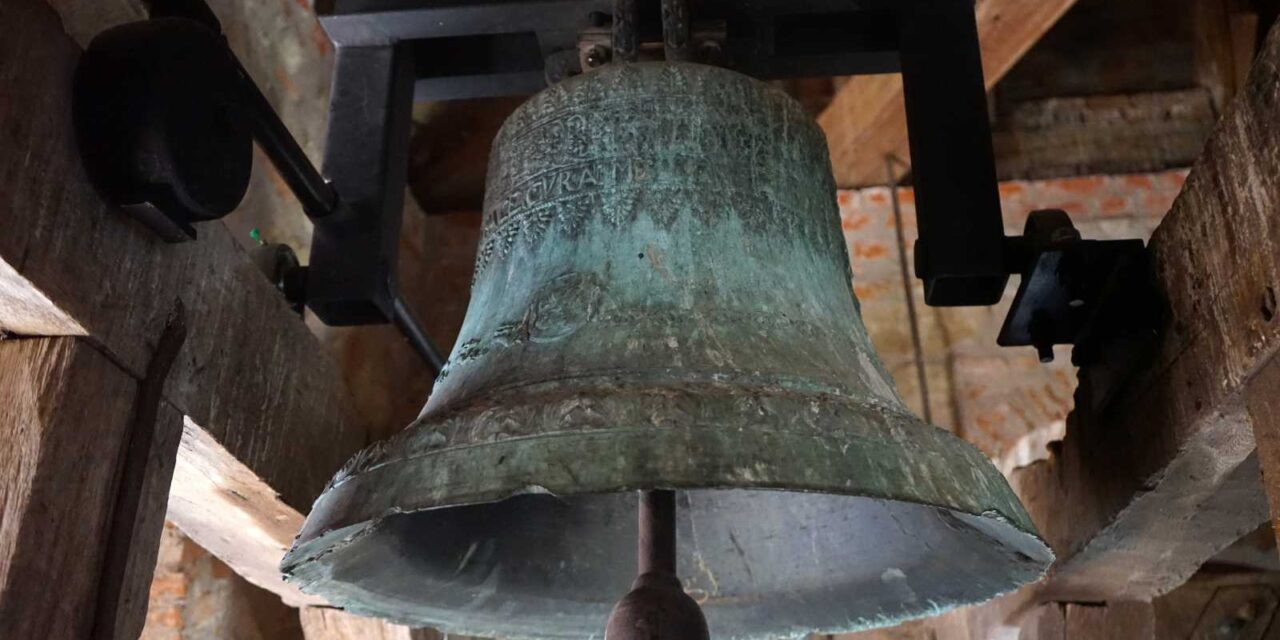"Old Mihály" is estimated to weigh around 3,400 kilograms, and its lower diameter exceeds 177 centimeters.
Under the auspices of the renovation of the castle quarter in Veszprém, the historic bell of St. Michael's Cathedral is being restored. The country's oldest bell is being restored using a special method so that it regains its original sound
- the bell expert in charge of the works told MTI.
Now Balázs said that the 3,400-kilogram bell has never been moved from its place in the past three hundred years. However, as a result of an intervention in the 1930s, its sound changed, when a new bell tongue, belfry and yoke were made for it.
During the current restoration, the bell body is heated for weeks to 800 degrees Celsius using a special method, and it is renewed using a special welding method, kept under a heat shield. After the repair, the bell will have a new bell seat, carriage and tongue made, so it will regain its original sound
he added.
The bell, which hangs 47 meters high in the north tower of the main cathedral, was made between 1723 and 1725 in the Viennese workshop of master bell-caster Franz Ulrich Scheichel by order of Count Imre Esterházy, bishop of Veszprém, later archbishop of Esztergom.
The bell, also referred to as Old Michael, is the oldest of Hungary's great bells, there are no exact data on its weight, it is estimated to be around 3,400 kilograms, and its lower diameter exceeds 177 centimeters
said Balázs Most.
There were originally twelve bells in the three churches of the castle district, six in the main cathedral, and three more each in St. Imre's and St. István's churches, but most of them did not survive the two world wars. Two bells were taken from the tower of the Franciscan church during the Second World War, so currently only the smallest bell, made in 1932, rings.
In the same way, one of the bells of St. Imre's church, which was replaced in 1839, also remained. The special feature of the 200-kilogram bell, preserved in its original condition, is that it can still be rung by hand in the traditional way.
Next year, all 12 bells will be returned to the three churches, new bell stands will be placed in the towers of the Franciscan and Piarist churches, and the equipment that moves the bells will be replaced, as well as the hammers that strike the clock. After the investment, the bells of the castle quarter will be able to be operated centrally from the main cathedral, so visitors to the castle will have a special musical experience.
Balázs Most explained.
Featured image: Illustration/The bell of the St. Michael's Church in Transylvania/Photo: Maszol













